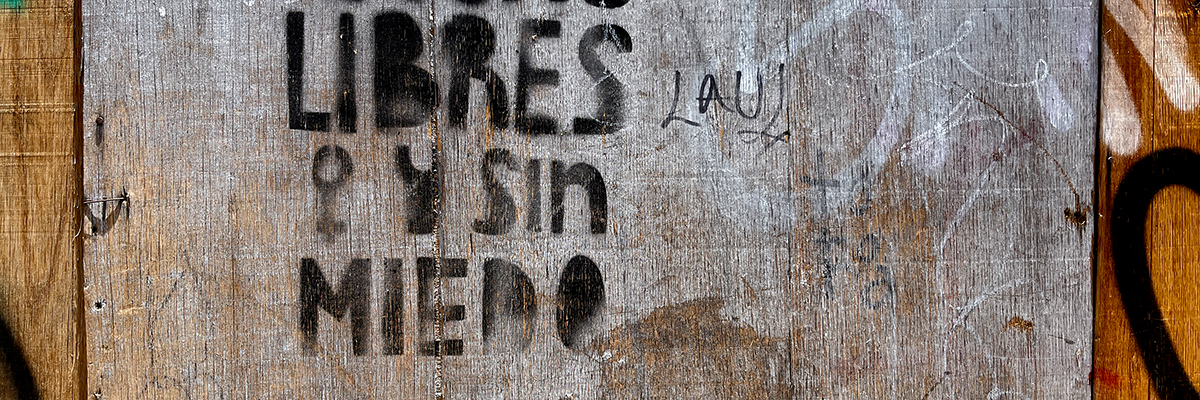
Certain sectors of Mexican society have a women problem. More accurately, they have a lack-of-reverence-and-respect-for-women problem.
Ongoing violence against women has pushed many in civil society to fight back in an organized fashion across classes, ages, trades, professions, religious and academic spheres. With marches, protests, street art, and speeches millions of Mexican women from all sectors of life and demographics have been coming out to the streets to let their leaders know that they are fed up.
“Ni una más” is the slogan most often used; “Not one more”.
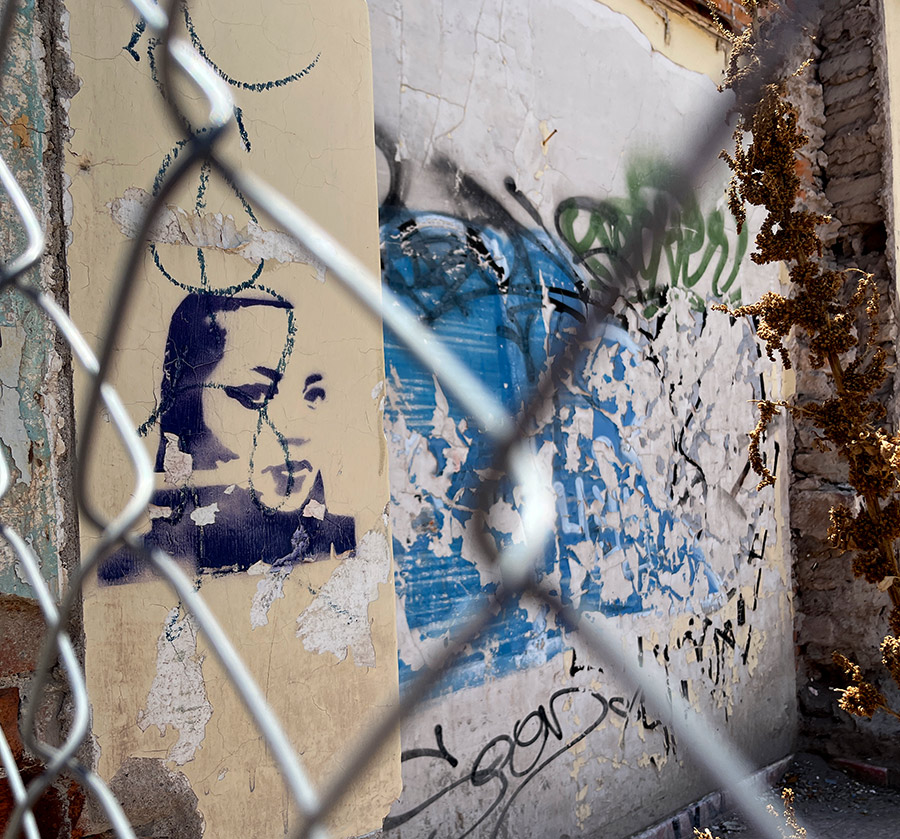
In March protests in more than 20 states across the country women called for an end to gender-based violence. The Mexican newspaper Milenio reported extensively on protests in Mexico City and included news about marches in cities large and small; Mexico City, Guadalajara, Monterrey, Tijuana, León and Puebla – all saw marches, as did numerous smaller cities including Morelia, San Luis Potosí, Saltillo, Cancún, Mérida, Oaxaca, Guanajuato, Los Cabos, Veracruz, Zacatecas, Hermosillo, Tlaxcala and Chilpancingo.
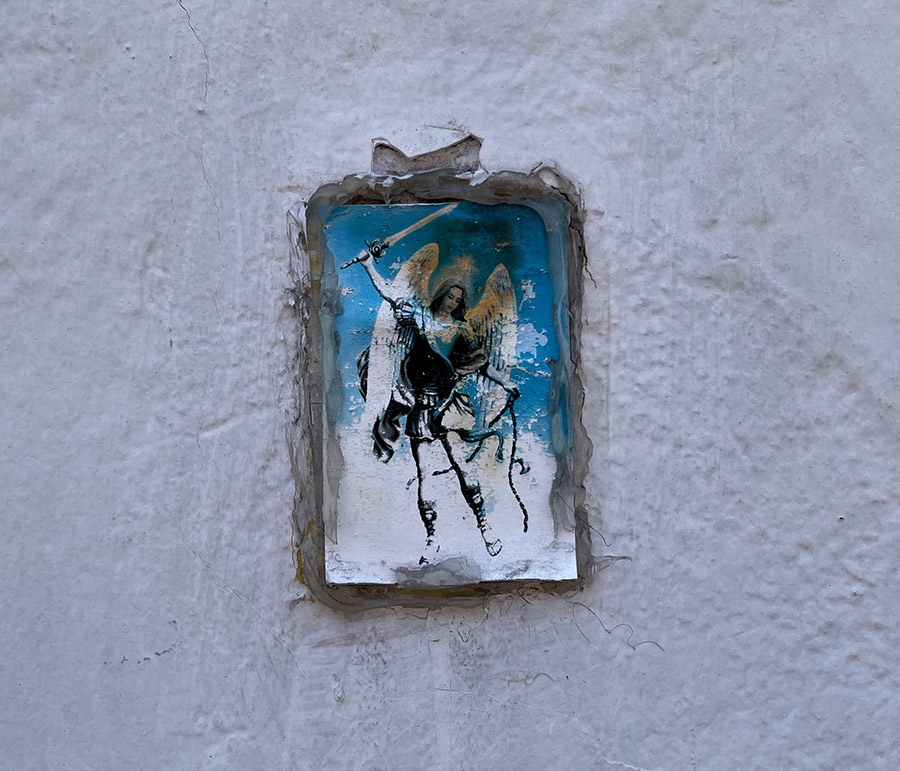
Several women’s rights organizations have accused President Andres Manuel Lopez Obrador of not making the problem a top priority in his administration. Even worse, some assert that he has callously blamed the problem on the victims themselves, adding to a general perception in the country that the president really doesn’t care. According to the Guardian, ten women are killed every day in Mexico.
This week in the historic district of San Luis Potosi we saw more references to this topic than any other in the street art and graffiti on walls. The technique and format of creation varies, but the messages are empowering and they illustrate a determination and resilience of people who are advocating for change.
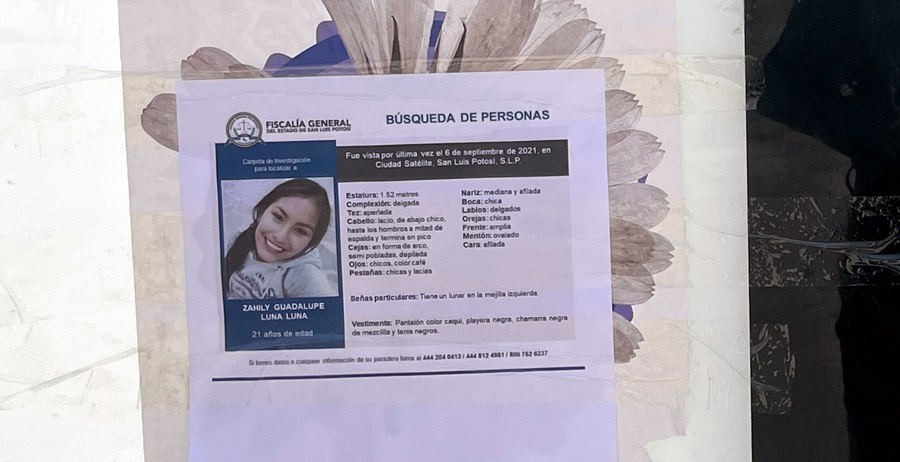
Slogans are stenciled on fencing, wheat-pasted graphics are stuck to door ways. Here in La Calzada de Guadalupe, a green and vibrant park that tourists flock to, a statue paying tribute to woman’s rights is adorned with fresh flowers and information about the Femenicidios (or Femicides) that terrorize people lays at its feet.
Every few blocks you can see a poster seeking missing young women taped to light posts. In a city that has such a strong reverence for history and the sacrosanct place of women in its evolution, it is striking to see such issues so fervently discussed in the art on the street.
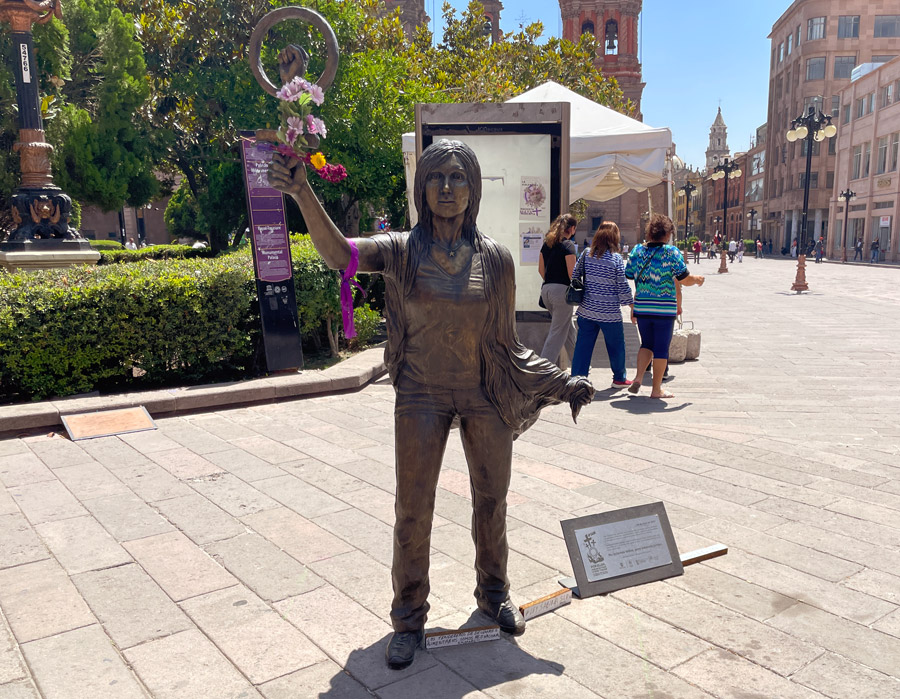
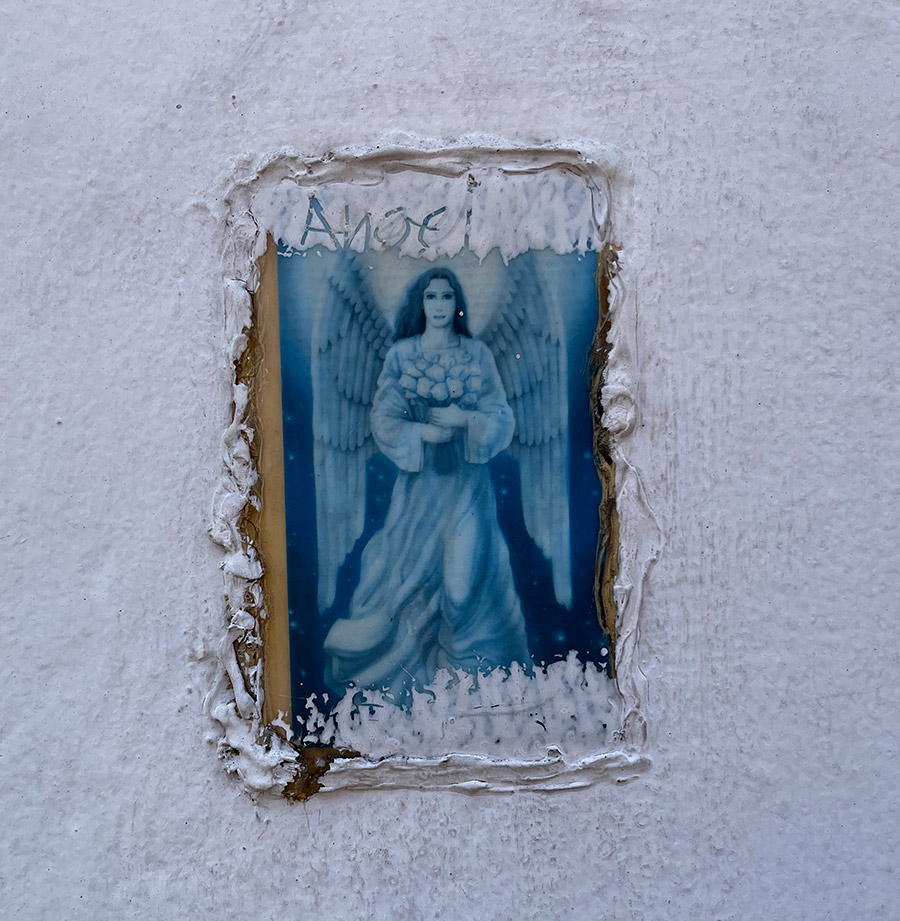
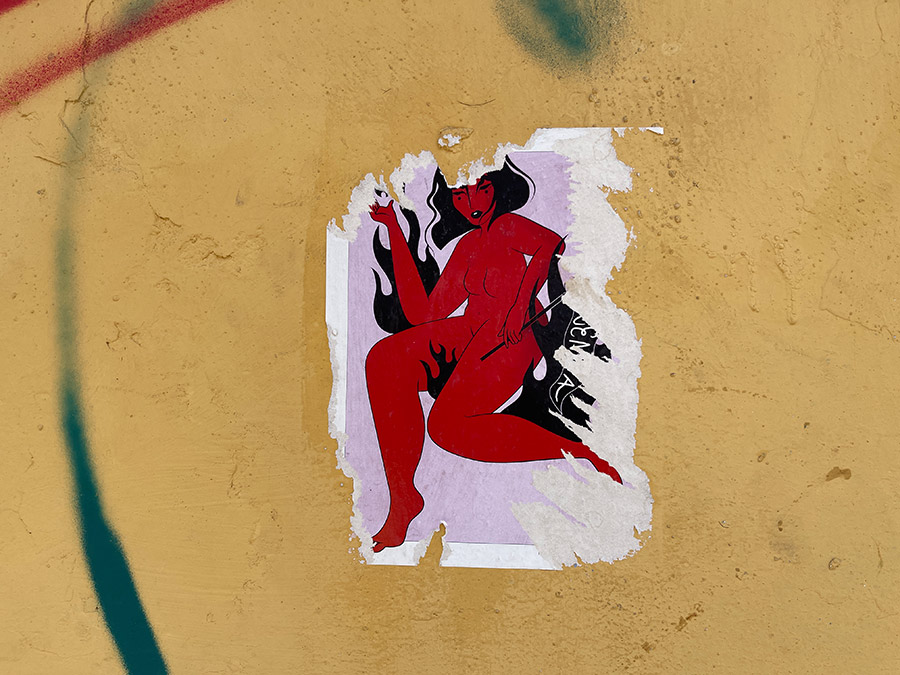
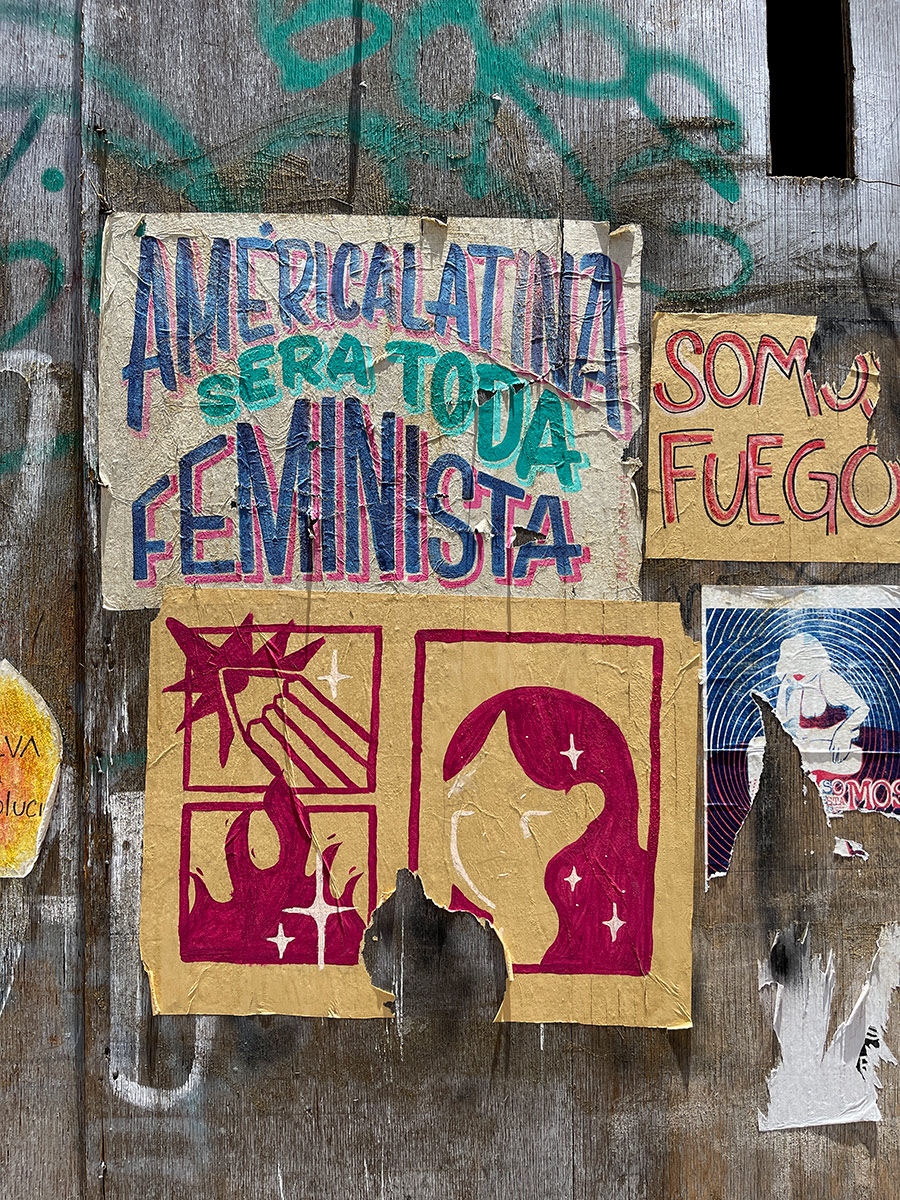
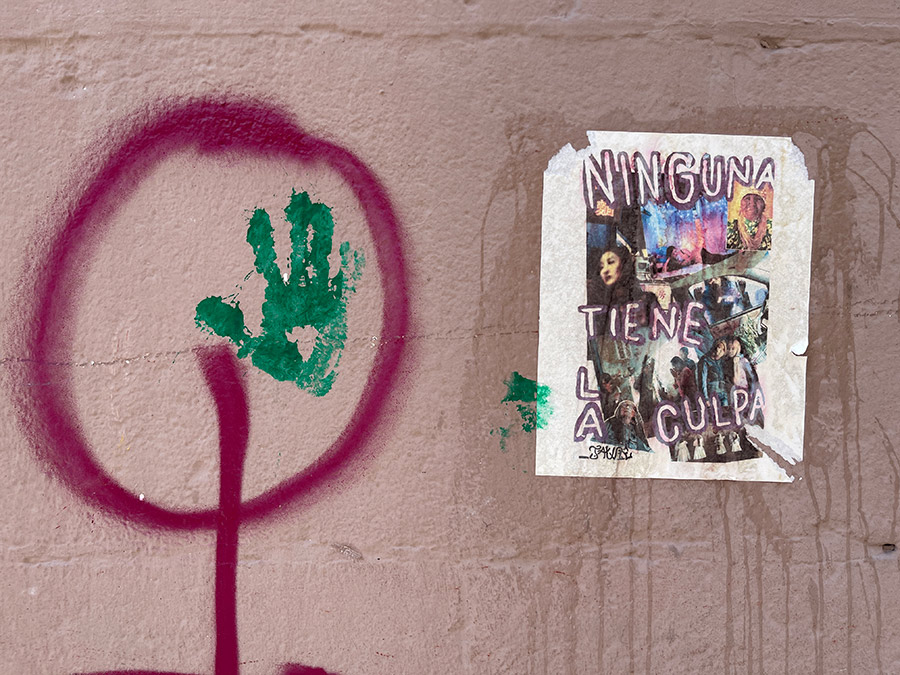

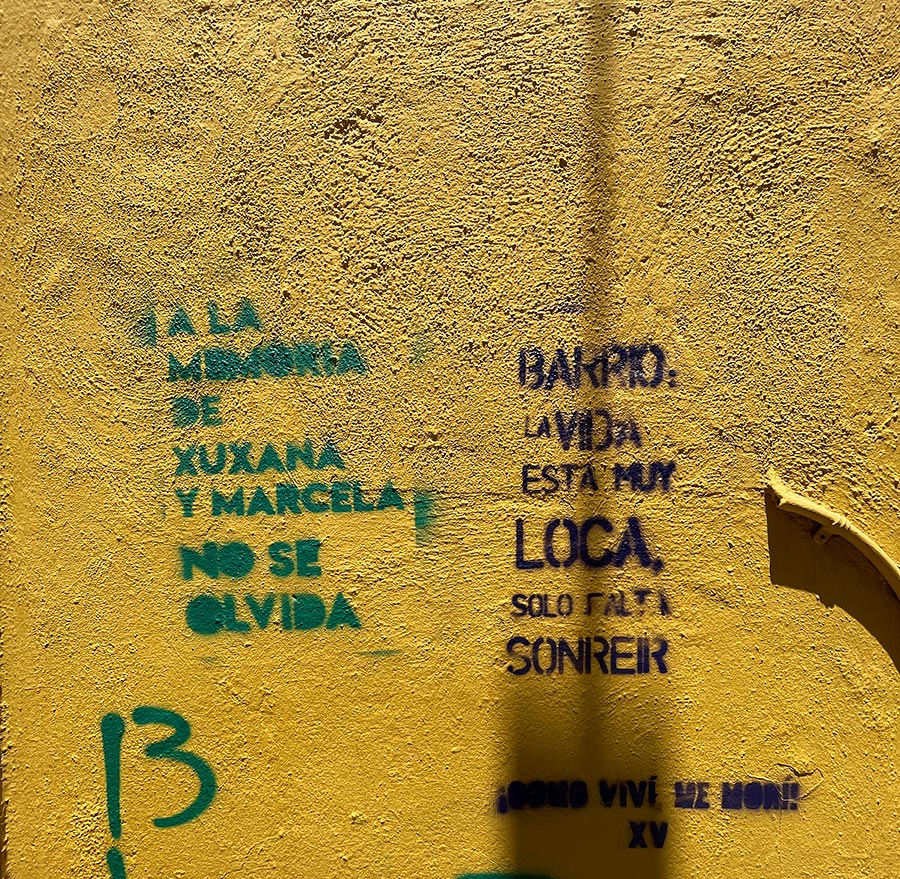
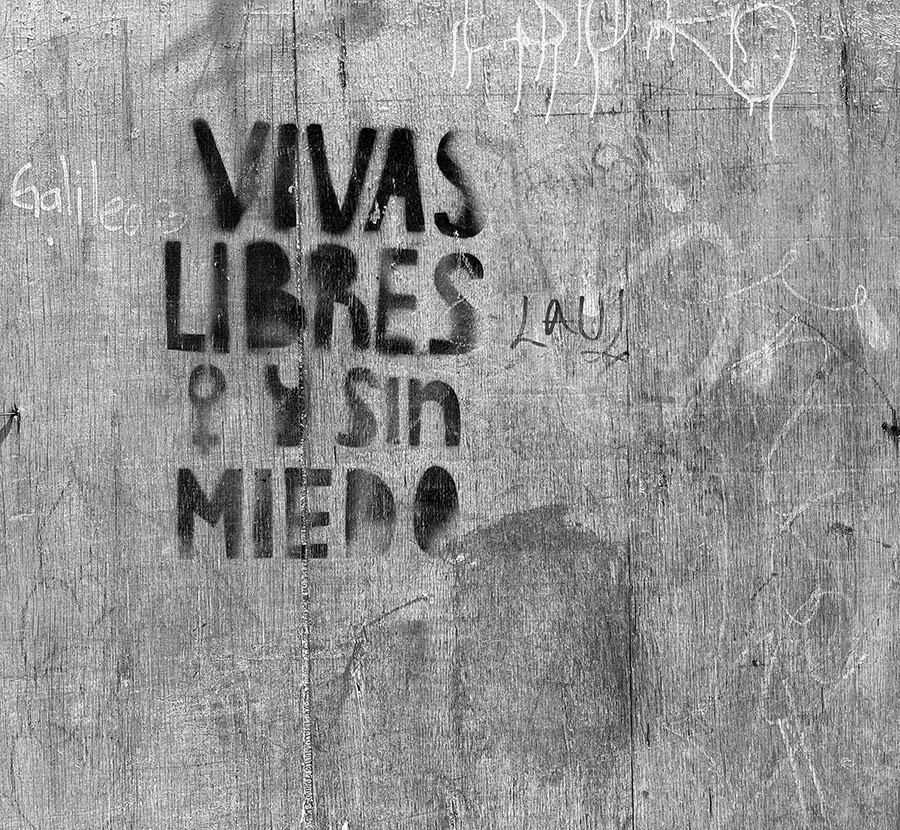
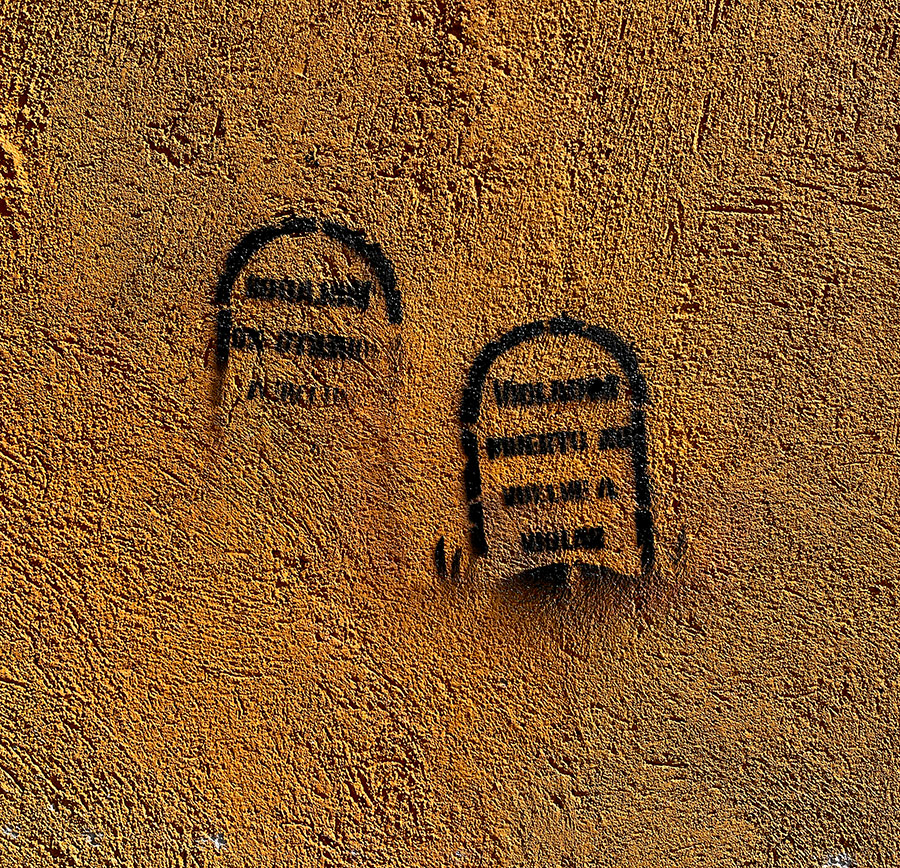
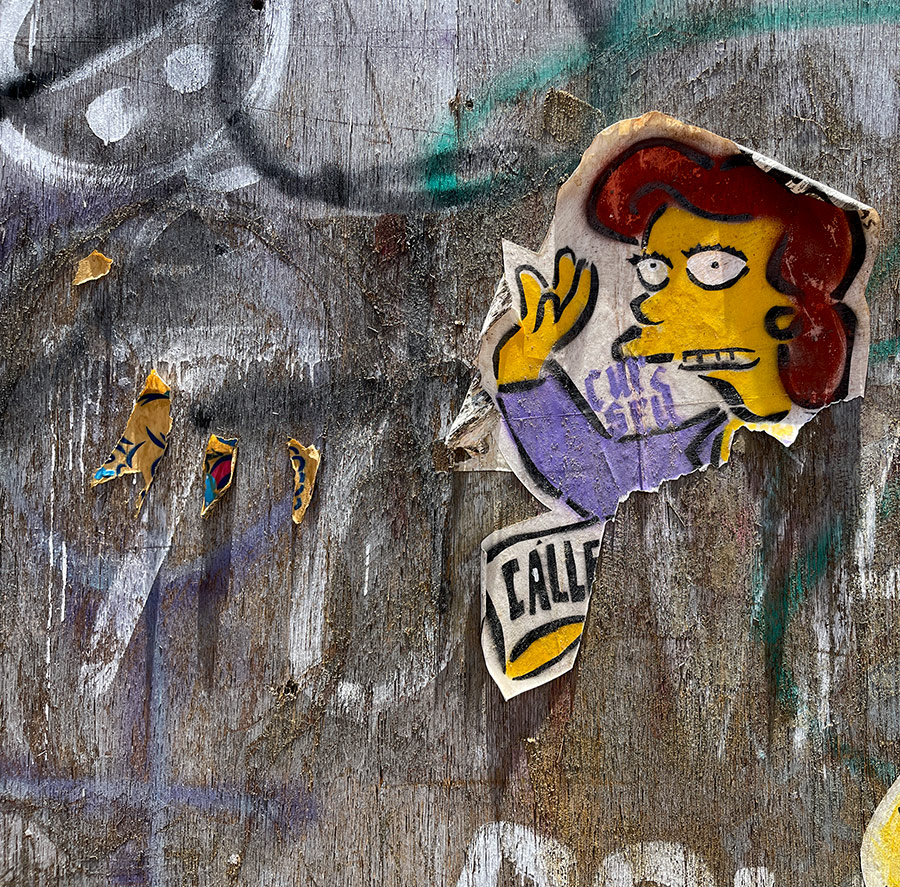
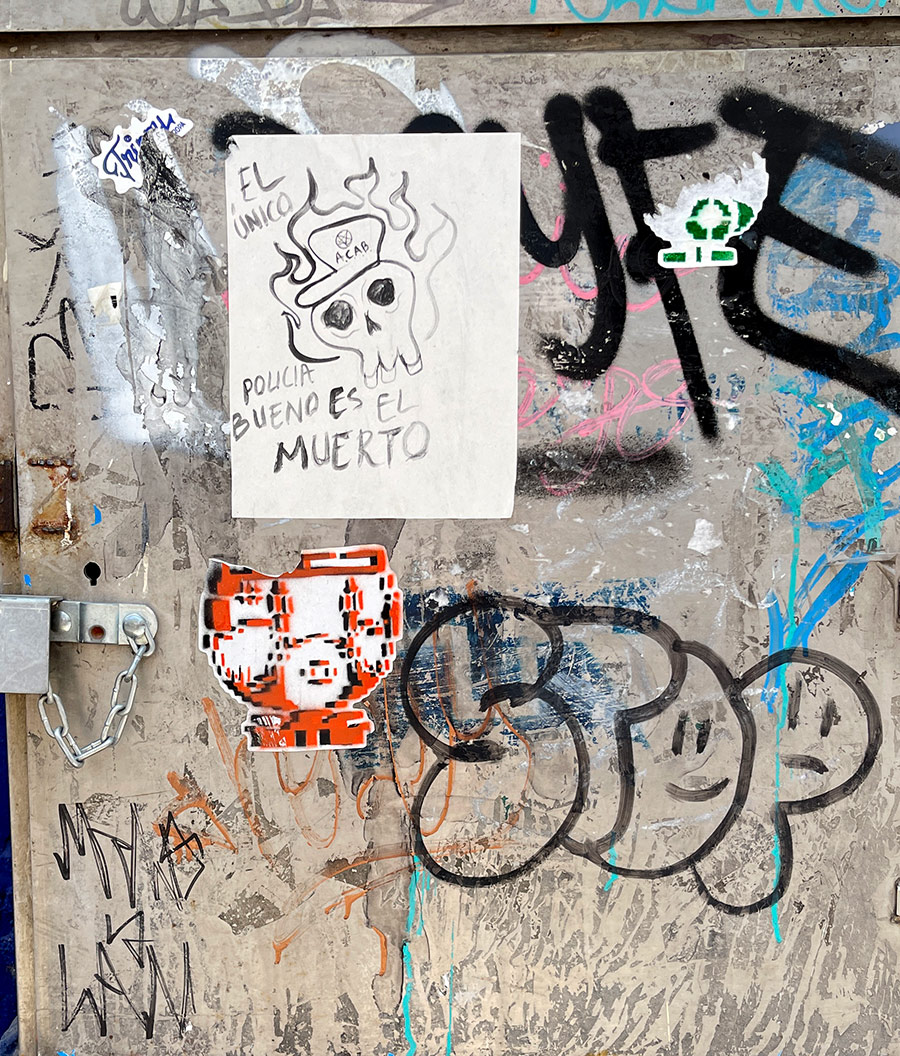
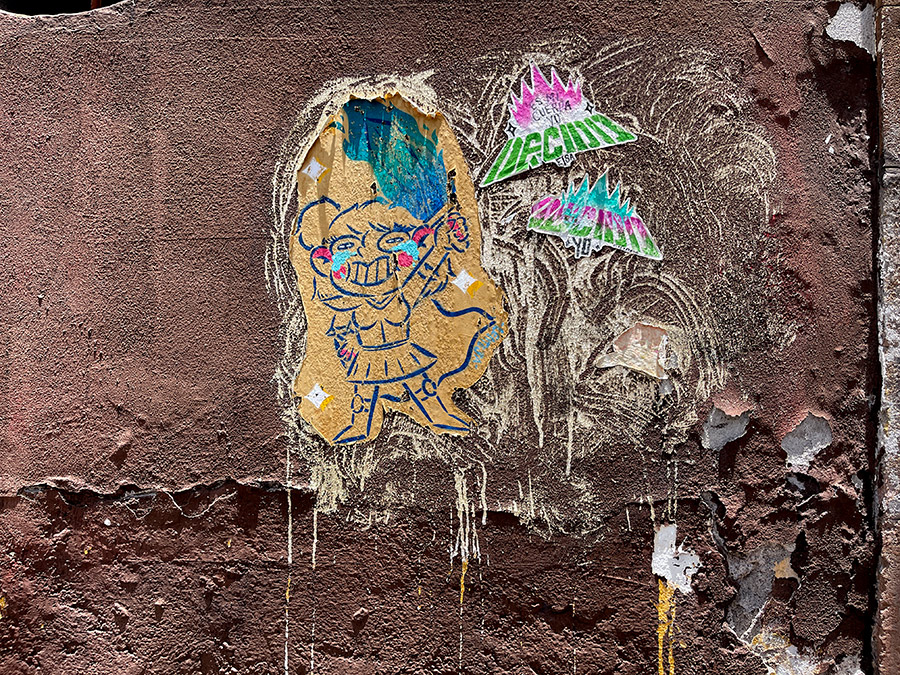
Other Articles You May Like from BSA:
The Polish duo Sainer and Betz, who together are named ETAM CRU, have just completed walls at Memorie Urbane along with their countrywoman Natalia Rak, who comes from Lodz. Together the illustratio...
For graffiti artists today, deconstructing the letterform is more popular than you may imagine, and in our experience, leads to even greater things. SODA (photo © Andor Ivan) After 20+ years or s...
In between snow storms, there has been some Street Art and graff to be seen this week, and not surprisingly, some of it is surprising (see the Tupac/Rosselli mashup). We had the great honor of ...
Brooklyn’s always breaking records – and today it can boast having the first mural collaboration between a Street Artist and a blind artist. Rubin415 and John Bramblitt have just combined their two un...
Welcome to BSA Images of the Week! Clocks spring ahead today in New York! Check it! Taking a little trip to Miami and Wynwood District this week - its a lot warmer than New York. Hey, is a...
 BROOKLYN STREET ART LOVES YOU MORE EVERY DAY
BROOKLYN STREET ART LOVES YOU MORE EVERY DAY